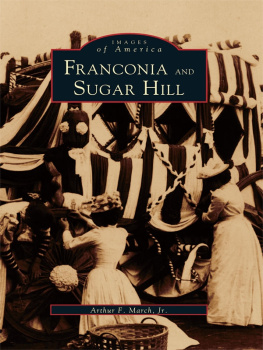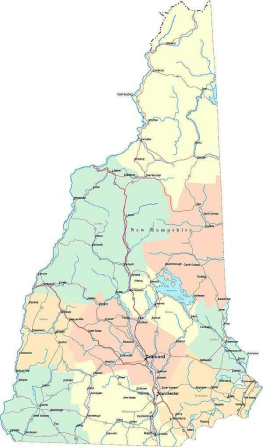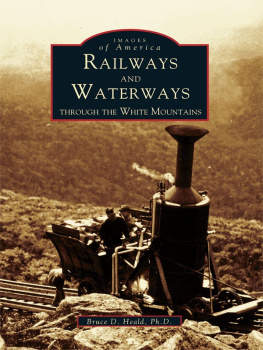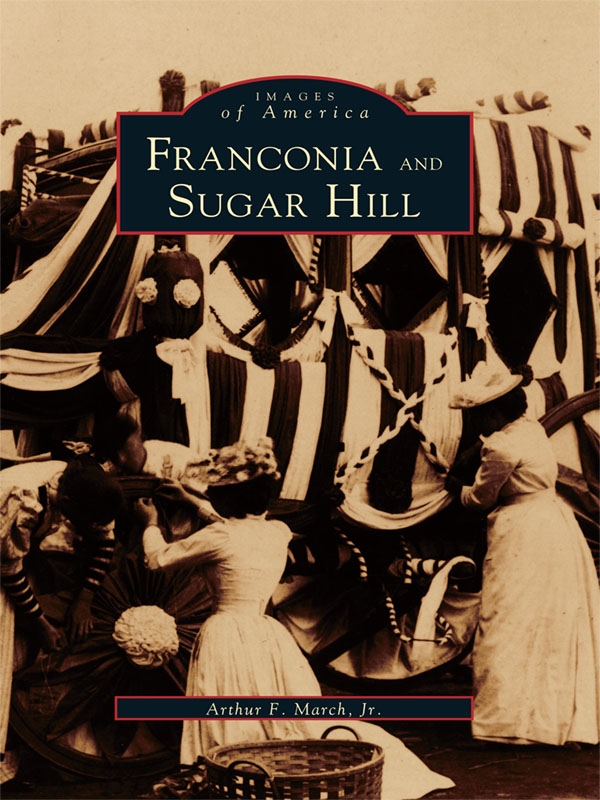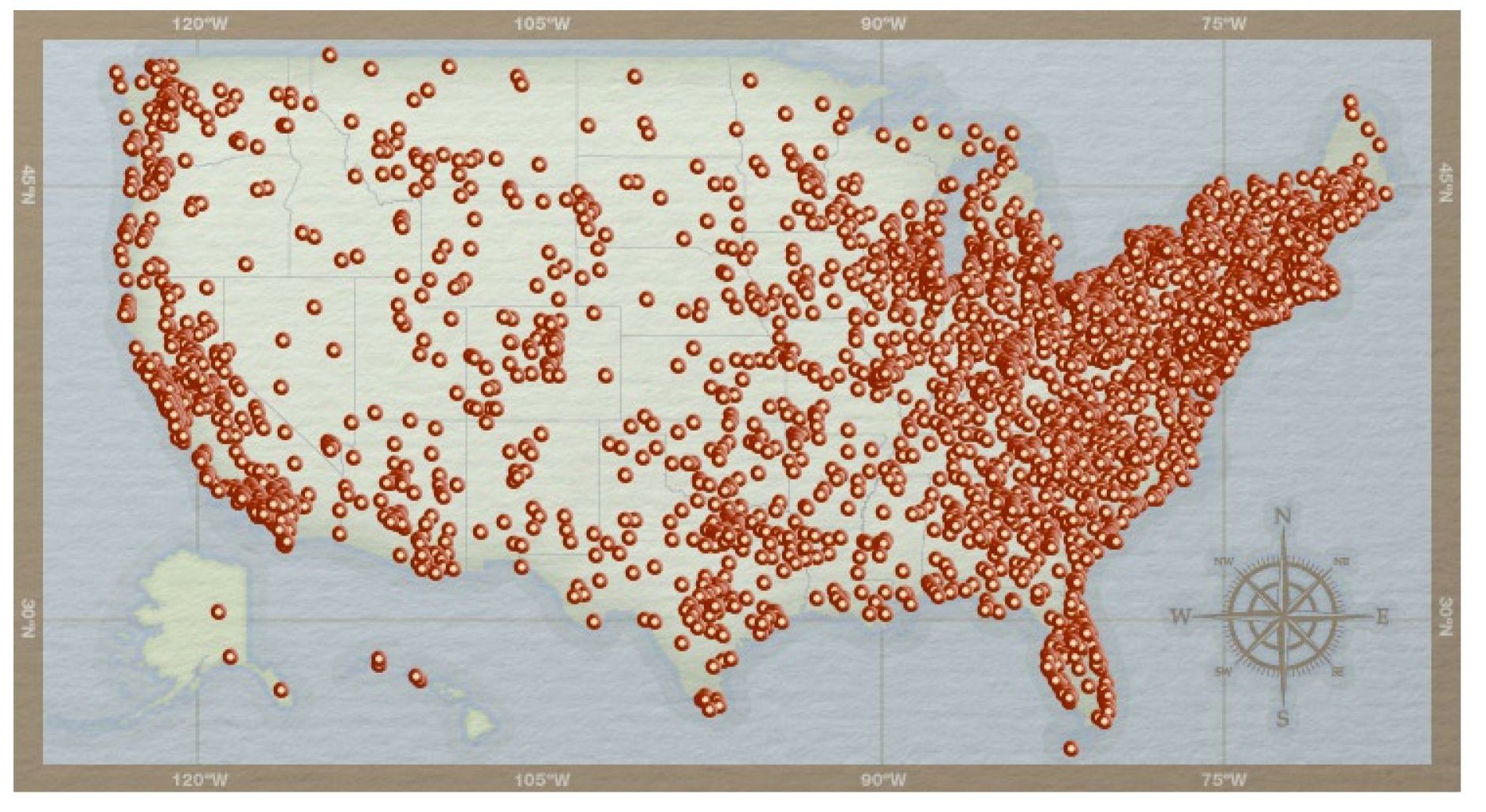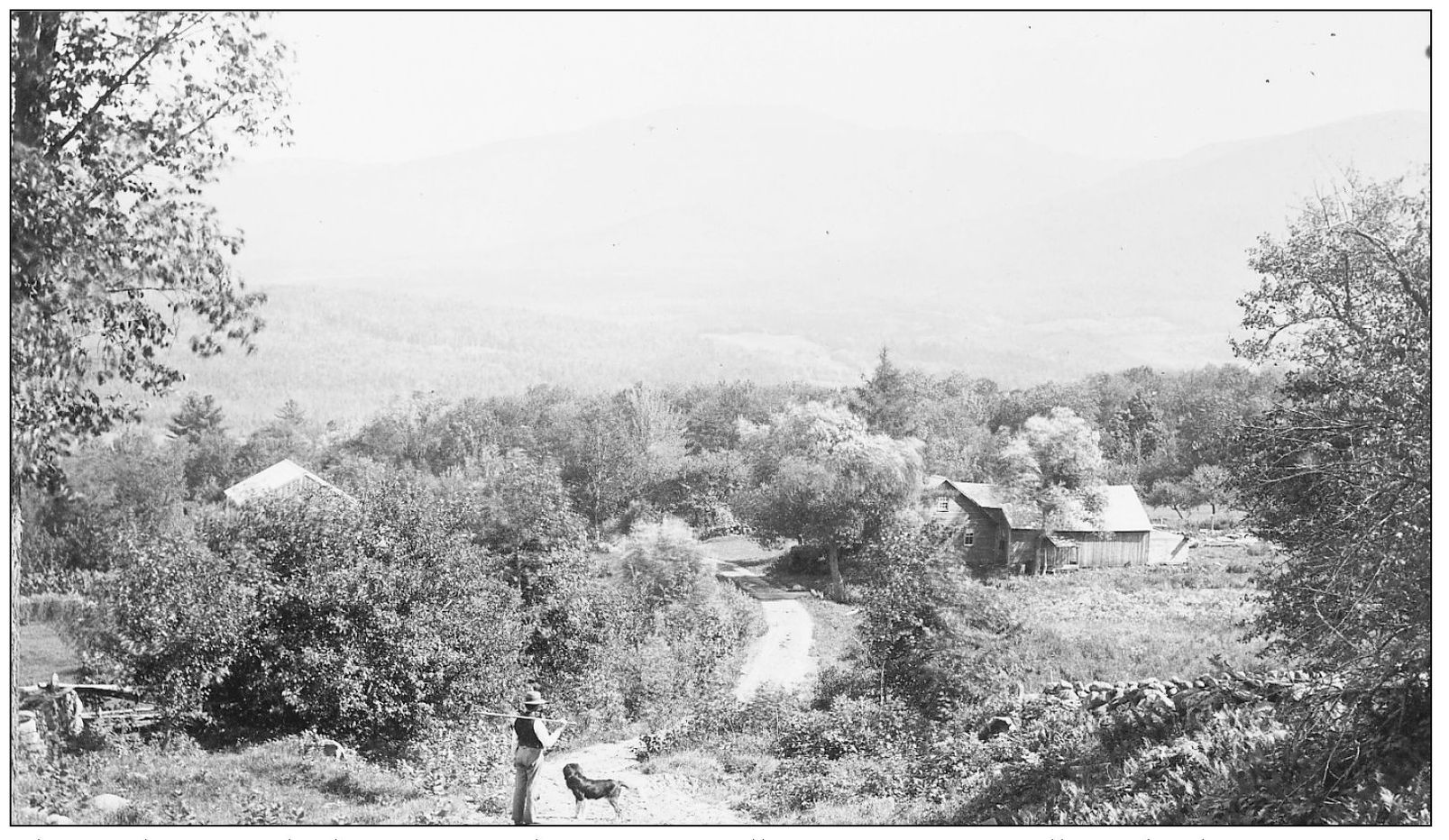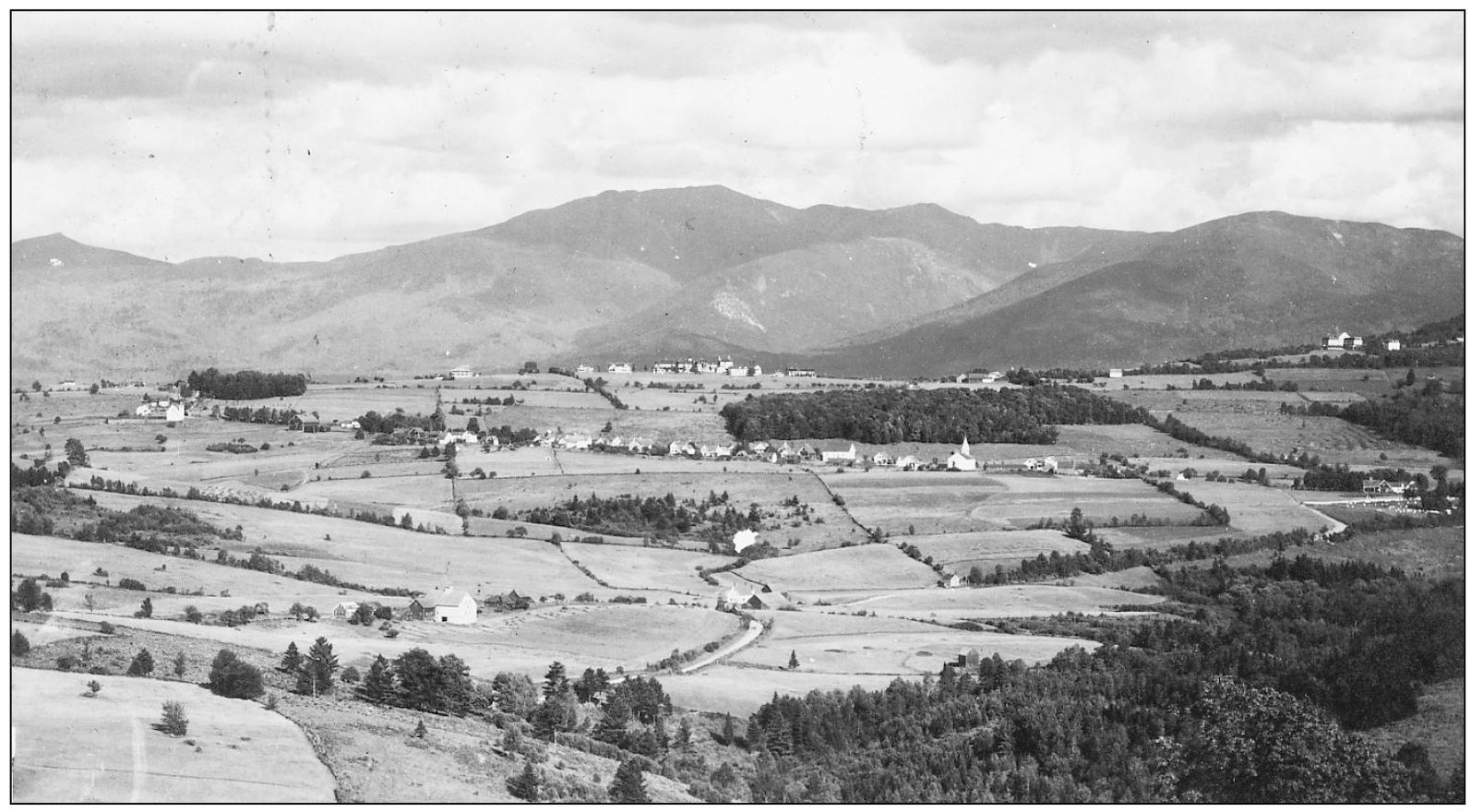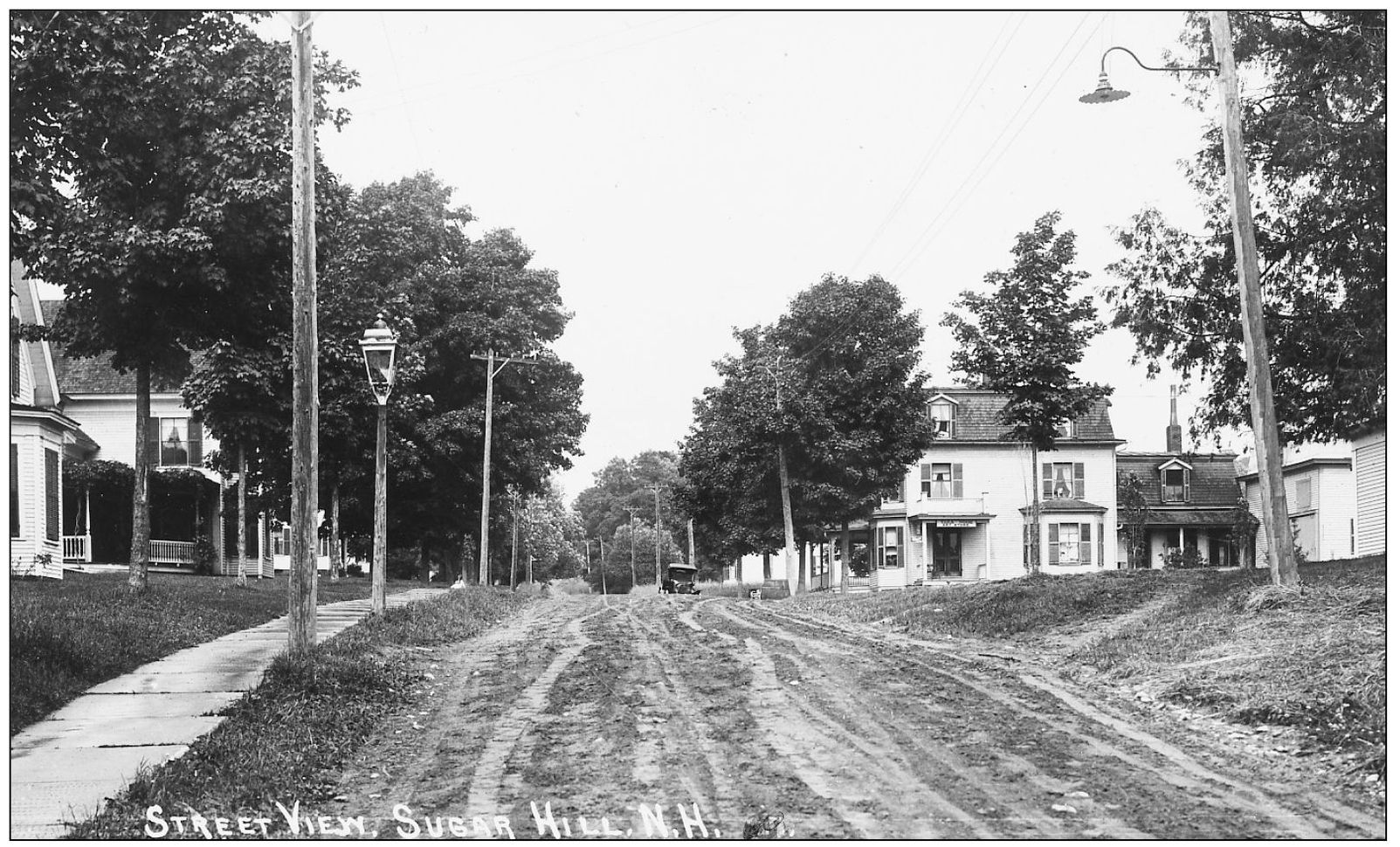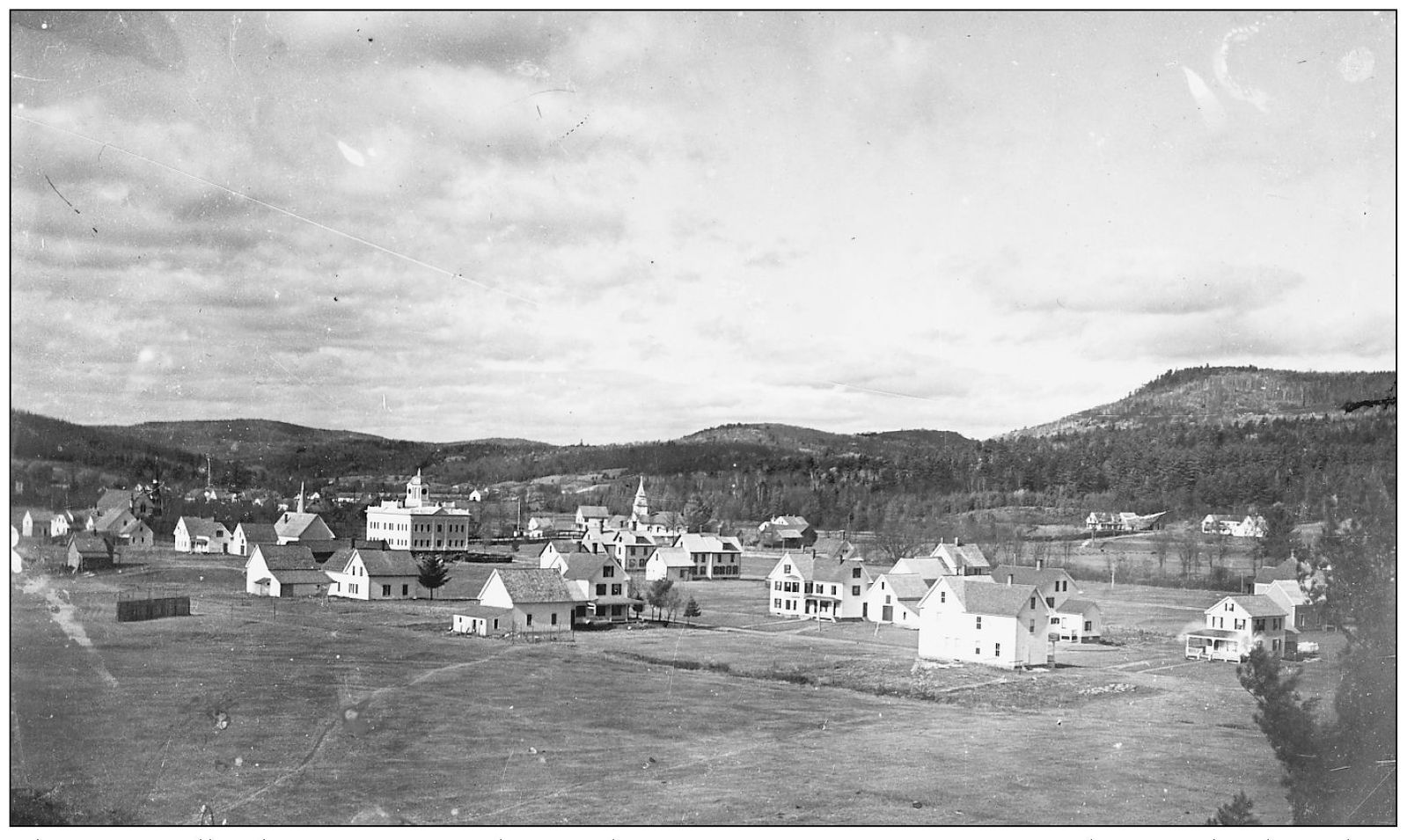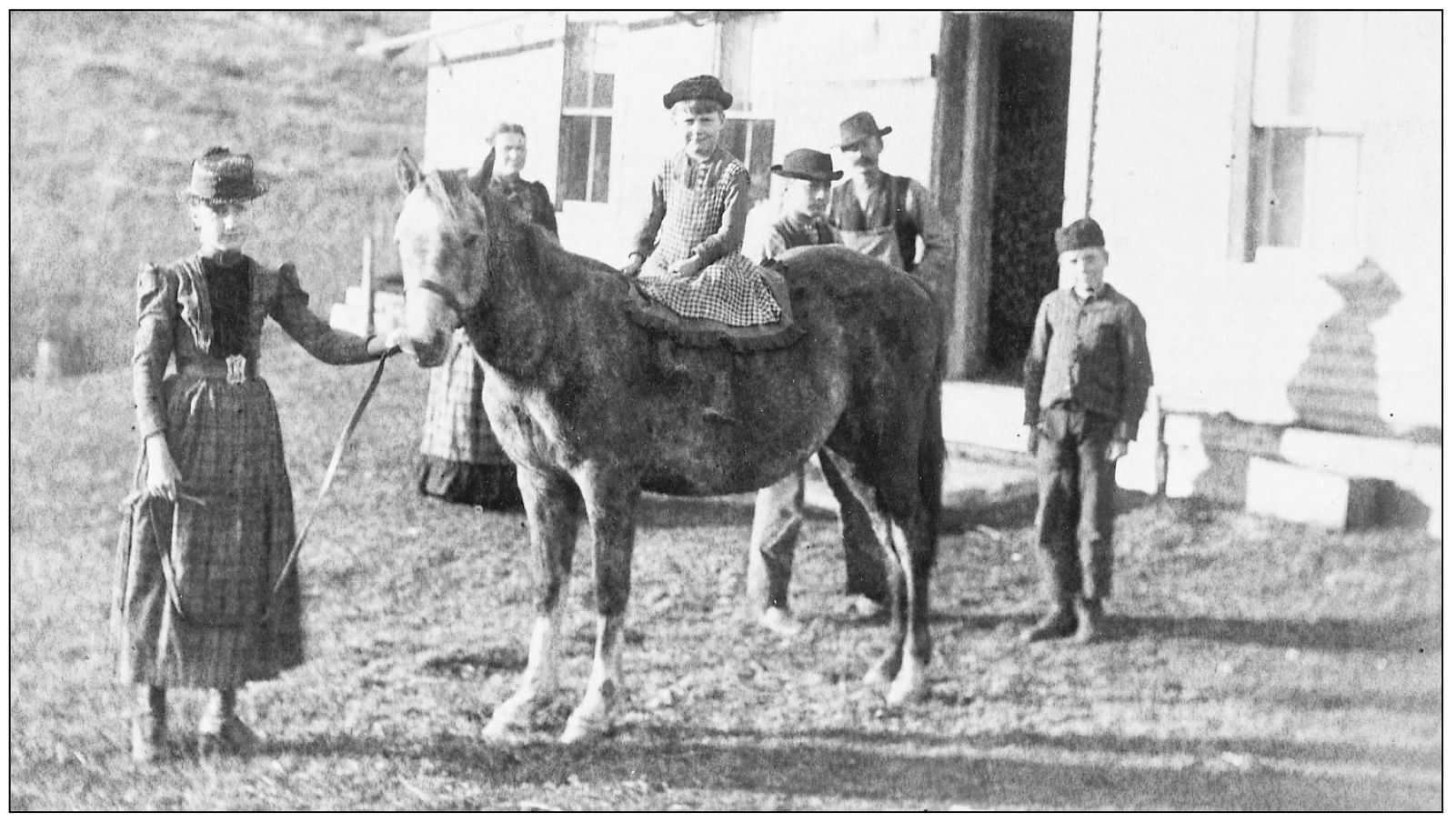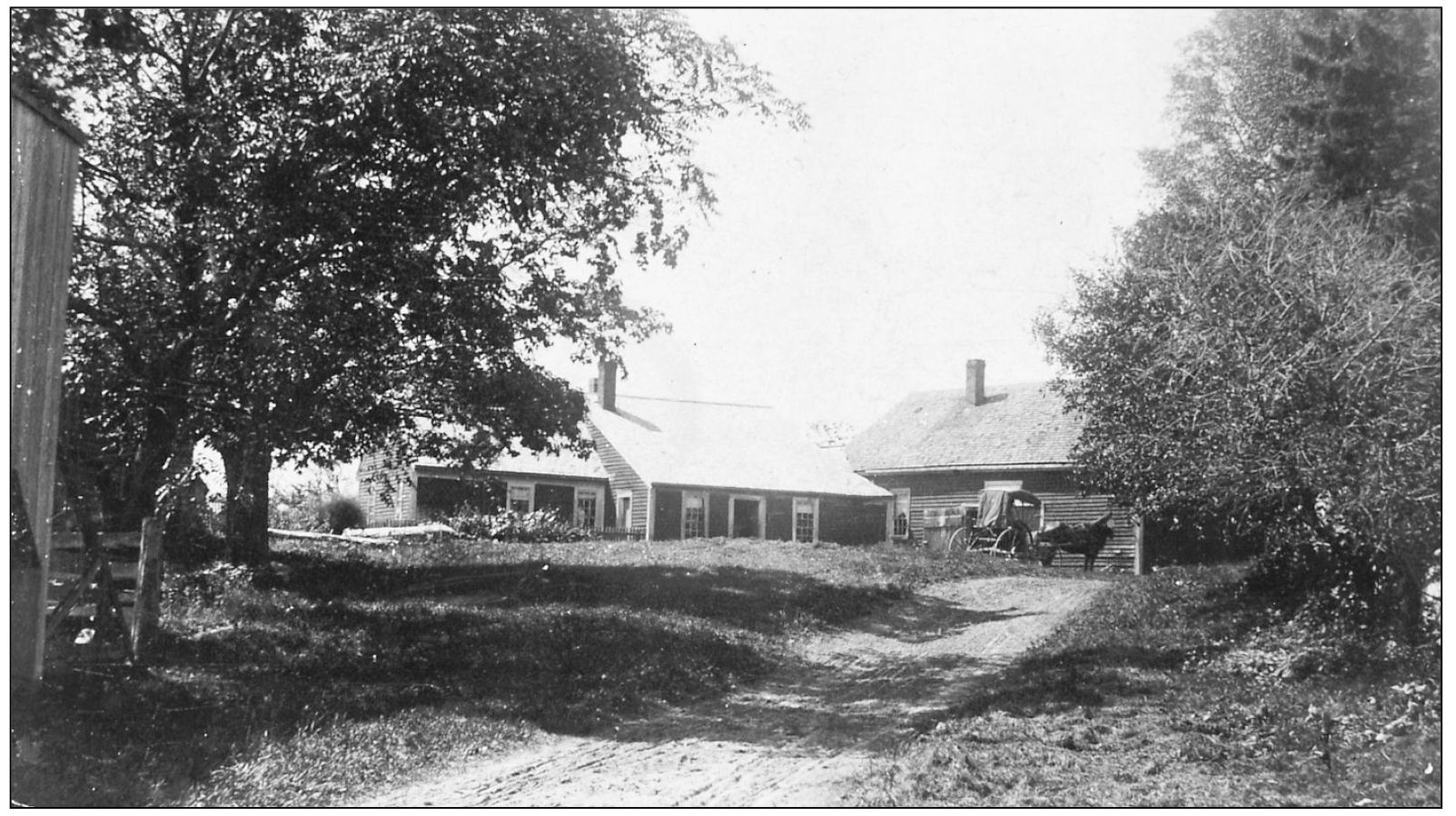Arthur F. March Jr - Franconia and Sugar Hill
Here you can read online Arthur F. March Jr - Franconia and Sugar Hill full text of the book (entire story) in english for free. Download pdf and epub, get meaning, cover and reviews about this ebook. City: Charleston;SC;Franconia (N.H.);Sugar Hill (N.H. : Town);New Hampshire;Franconia;Sugar Hill (Town, year: 2009;2011, publisher: Arcadia Publishing, genre: Home and family. Description of the work, (preface) as well as reviews are available. Best literature library LitArk.com created for fans of good reading and offers a wide selection of genres:
Romance novel
Science fiction
Adventure
Detective
Science
History
Home and family
Prose
Art
Politics
Computer
Non-fiction
Religion
Business
Children
Humor
Choose a favorite category and find really read worthwhile books. Enjoy immersion in the world of imagination, feel the emotions of the characters or learn something new for yourself, make an fascinating discovery.
- Book:Franconia and Sugar Hill
- Author:
- Publisher:Arcadia Publishing
- Genre:
- Year:2009;2011
- City:Charleston;SC;Franconia (N.H.);Sugar Hill (N.H. : Town);New Hampshire;Franconia;Sugar Hill (Town
- Rating:3 / 5
- Favourites:Add to favourites
- Your mark:
Franconia and Sugar Hill: summary, description and annotation
We offer to read an annotation, description, summary or preface (depends on what the author of the book "Franconia and Sugar Hill" wrote himself). If you haven't found the necessary information about the book — write in the comments, we will try to find it.
Although geographically contiguous and linked by their shared industries of early iron works and later tourism, Franconia and Sugar Hill are unique areas with distinct personalities that have developed over the years. The discovery of rich deposits of iron ore in Sugar Hill in the late 1700s and the establishment of iron works in Franconia brought the two areas together in a working partnership. The coming of the railroads brought tourism into both communities, with Franconia supplying the scenery with its mountains and far-famed Franconia Notch, and Sugar Hill rounding out the scenery with a generous offering of grand summer hotels. The sharing of the summer tourist industry was greatly broadened by the development of skiing in the early part of the present century. Again, Franconia provided the major terrain and Sugar Hill provided many of the guest accommodations, including the first formal ski school at the prestigious Pecketts Inn. With all of its attributes, the area has...
Arthur F. March Jr: author's other books
Who wrote Franconia and Sugar Hill? Find out the surname, the name of the author of the book and a list of all author's works by series.

